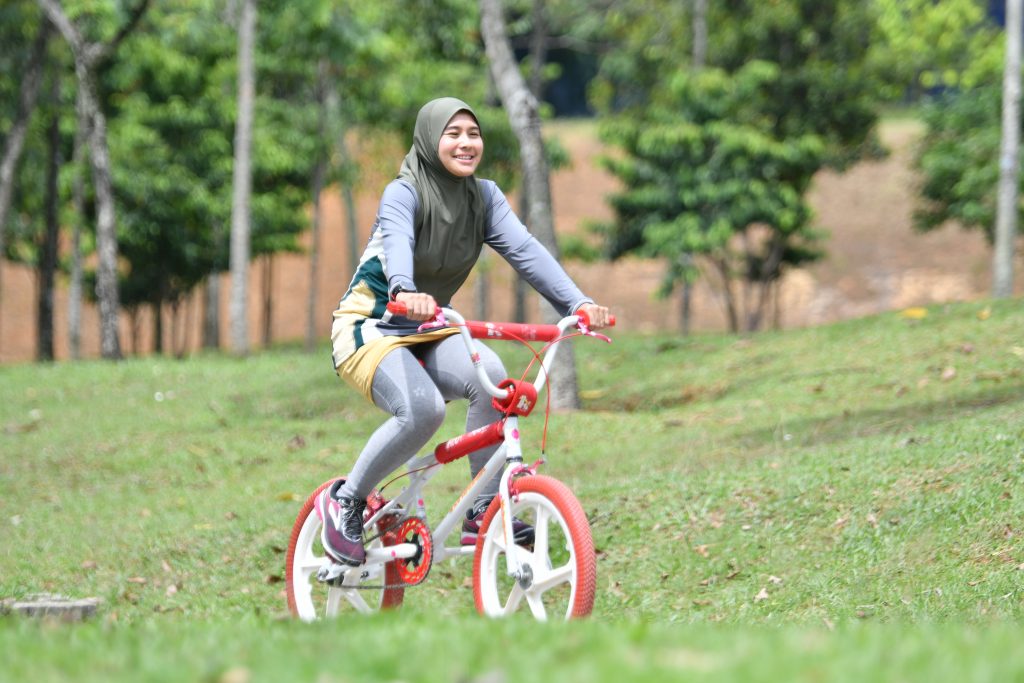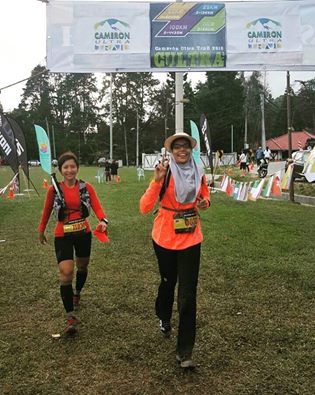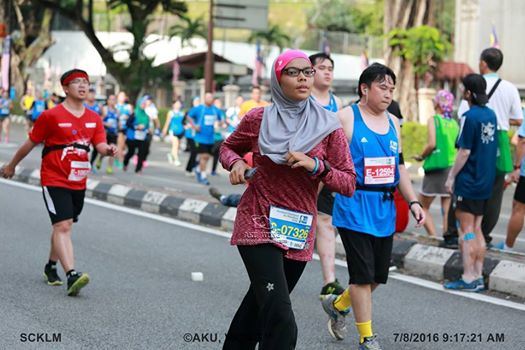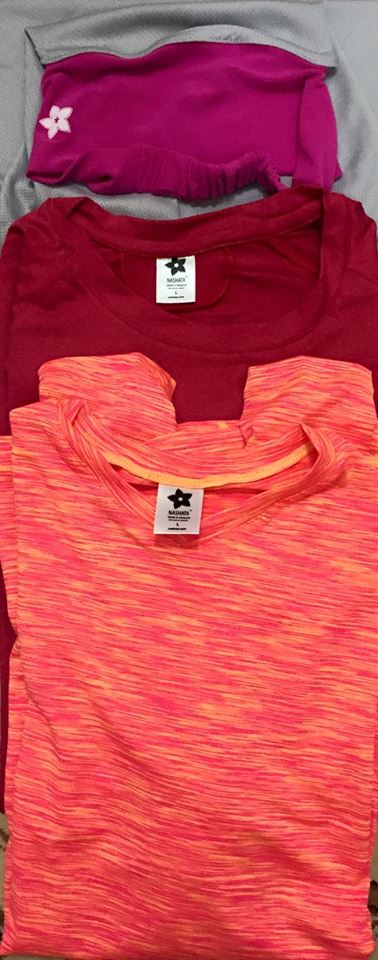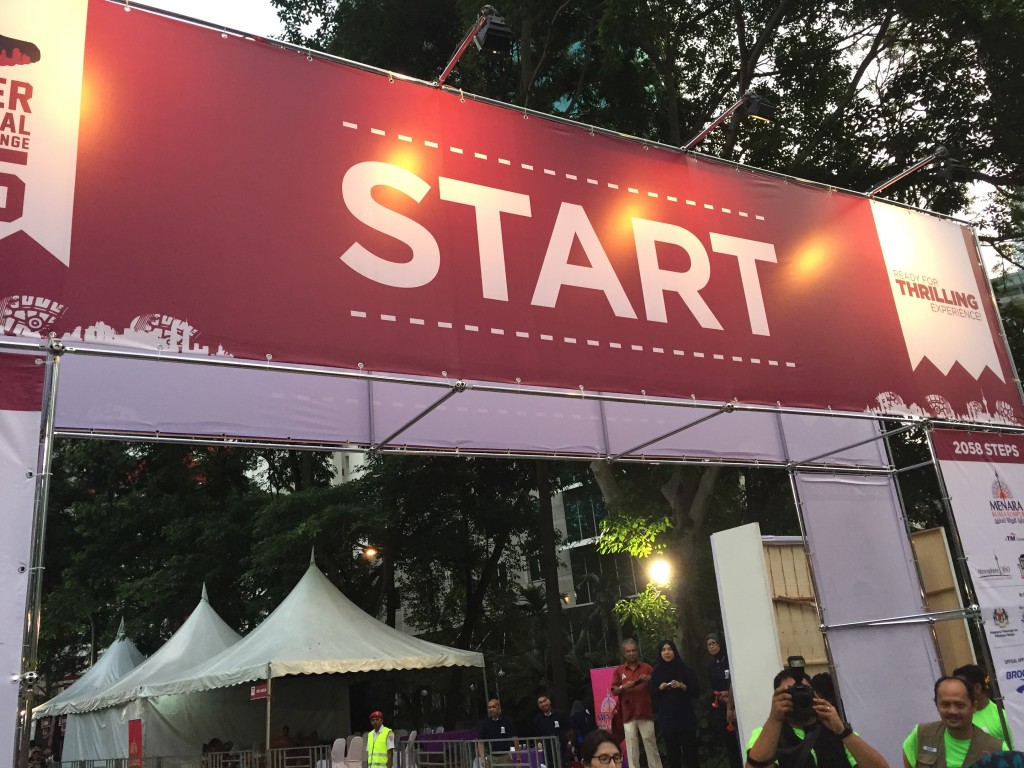Every adult should feel safe and has the freedom to workout at places convenient to him or her, be it on the street or at the gym. As many of us try to make the world a safer and a better place, we especially women and girls need to take extra precaution while working out. With the little time women have to workout due commitments like work, studying or taking care of family, the more reason why women need to be able to step into the gym or run at times and places of their conveniences.
Nowadays, there are more women walking, cycling and running outdoors. Most of the time, they are alone. It is completely understandable, as sometimes a woman’s free-time do not suit others and in order not to miss training or to be consistent, she would have to train alone. Getting cat calls are pretty common among female runners. It is not flattering, rather irritating. They can be ignored.
Fitness is a lifestyle. Due to this, a woman should not be afraid to exercise her rights to be on the street and at the gym to work out. Women need to know what to do when they are harassed.
What are the form of sexual harassment?
Any unwelcome verbal and physical sexual attention that is directed to you. Sexual harassment need not to be in a form of physical contact and advances. Verbal harassment that is sexual in nature or jokes and unwanted sexual representation in visible manner, be it in a form of photos, physical exposure or text are considered sexual harassment too. If a person makes you feel uncomfortable due to his or her sexual conversation or physical contact or representation to you and if you are not certain if it is a harassment, talk to someone.
Be Prepared
1. Go to places & gym that are safe
- Go to all ladies gym close to you. In Klang Valley, there are a few like the Curves and Femme Fitness.
- Work out at a guarded and well lighted area. Avoid shady, dark and quiet areas.
- Inform family member or friend about your workout area beforehand.
- Avoid any group of men
- Try not to be alone
- Be unpredictable. Change routes, change workout times.
2. Bring protective gears
- Self defense stick
They are collapsible but smallest is also long – 19 cm onwards. - Pepper spray
Small and handy. You can put it in pocket - Self Defense Personal Alarm
Small and handy. There are several types, mostly key chains.Sabre and Mace are the brands that have both pepper spray and personal alarm in 1.
3. Have emergency numbers and apps handy
- Always have emergency numbers and the nearest police station number on your mobile phone
- Install apps that can facilitates you go get help immediately.
In Malaysia, for example, you can use Volunteer Smartphone Patrol App (VSP ) that allows you lodge a complain immediately and provide GPS coordinates and visuals. It is provided by the Malaysian Police Force.
What should you do when you are harassed?
- Stay calm, run for safety and defend yourself.
If the harassment is verbal or not in a form of contact, just ignore and move away as fast and calm as possible. Go to the nearest person to you for help. Do not respond to offender. If necessary, in order to avoid physical contact, use any protective gears you have to defend yourself and get help as soon as you can. - Get evidence and witnesses
Be aware of your surrounding and of where you are. Remember how the person looks like as you need to be descriptive about the offender, also where the incident take place. If you are alone and have the opportunity, get evidence of the incident. It could be pictures. If there are witnesses closeby, get their information. - Report to the authorities
You can call the authorities immediately. You can use the VSP app in Malaysia to report and provide information of incident immediately. Do not be afraid to lodge a report to authorities. - Talk to someone if you need to
Sexual harassment is something you want to avoid as what you experience can make you scared, angry and confused. Do not blame yourself for what happen and do know that the only person who can help you is yourself. Talking to others like family members and friends can only make you feel better but if you want to make things better for yourself and the community, lodge a formal report. Only with the report, the authorities can take necessary measures to find the offender and make the area safer.
You should not be scared to exercise a woman’s rights to workout outdoor, on the street and at the gym. Those who are terrorizing others or have mental issues should be given help and taken away from the streets.
Towards a safer environment for women ?

